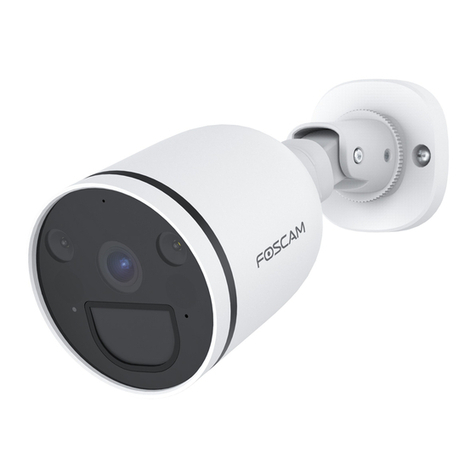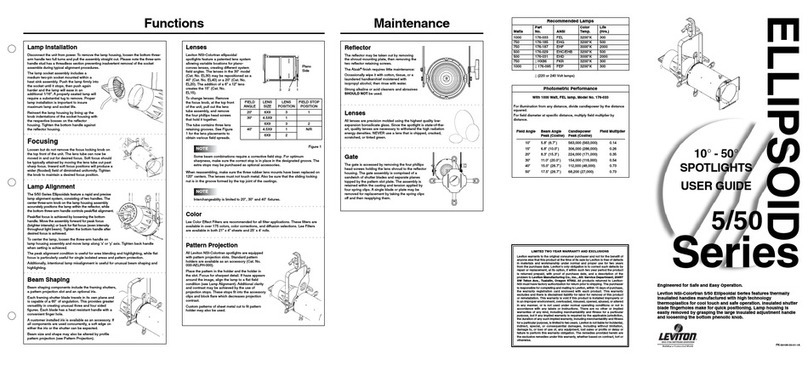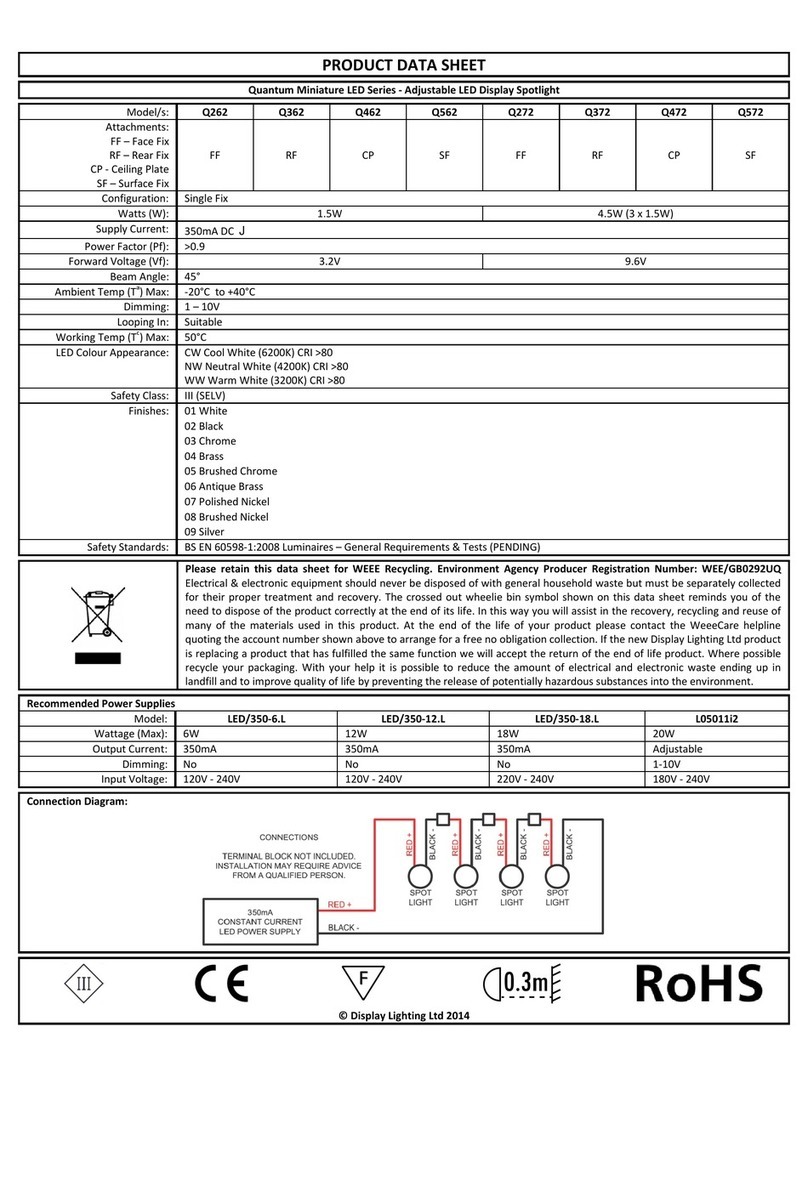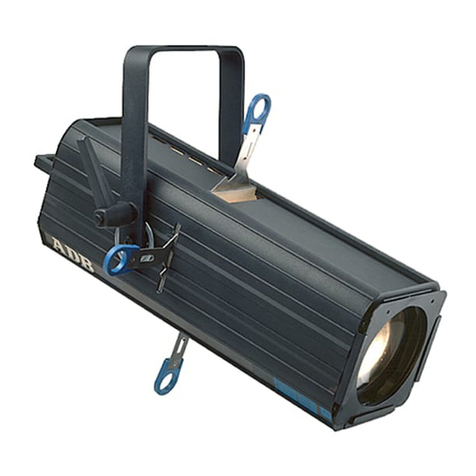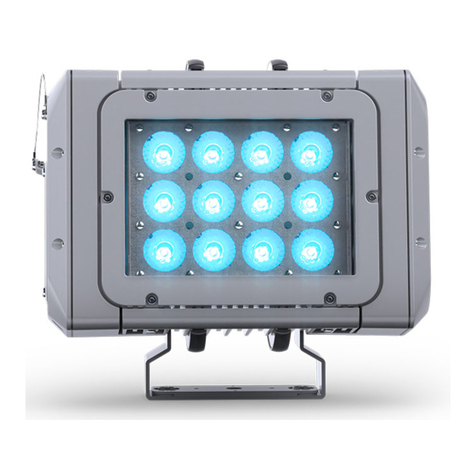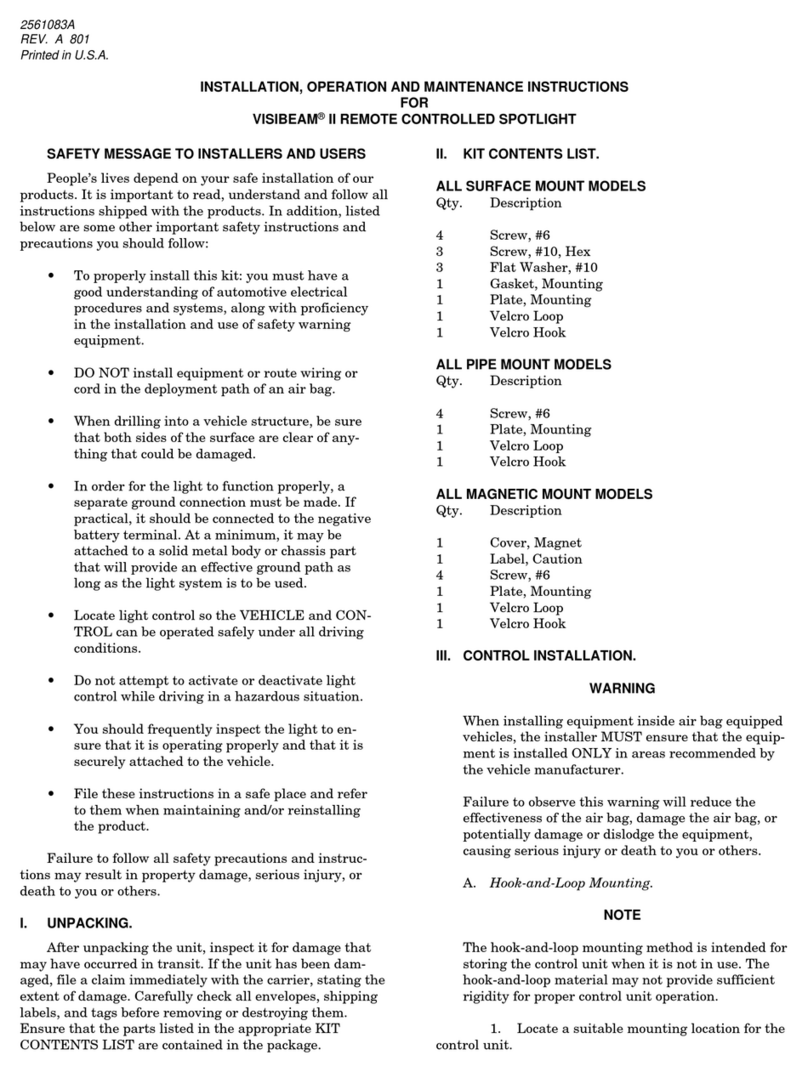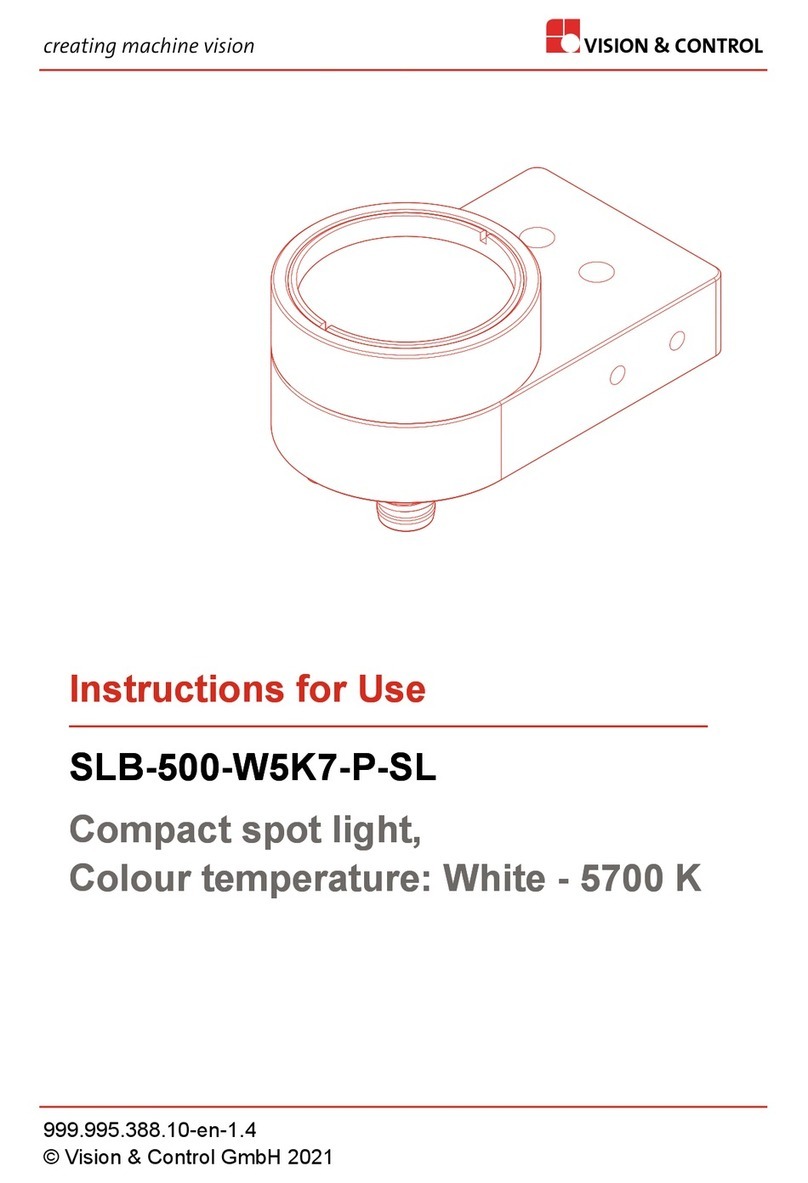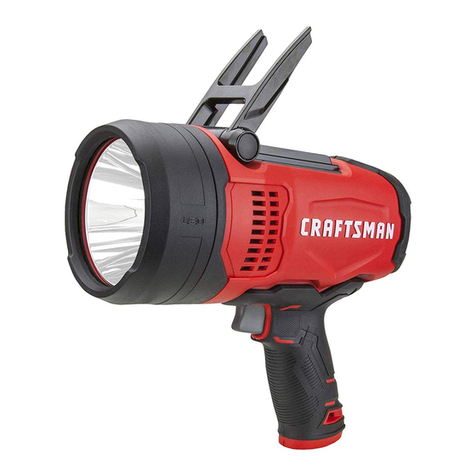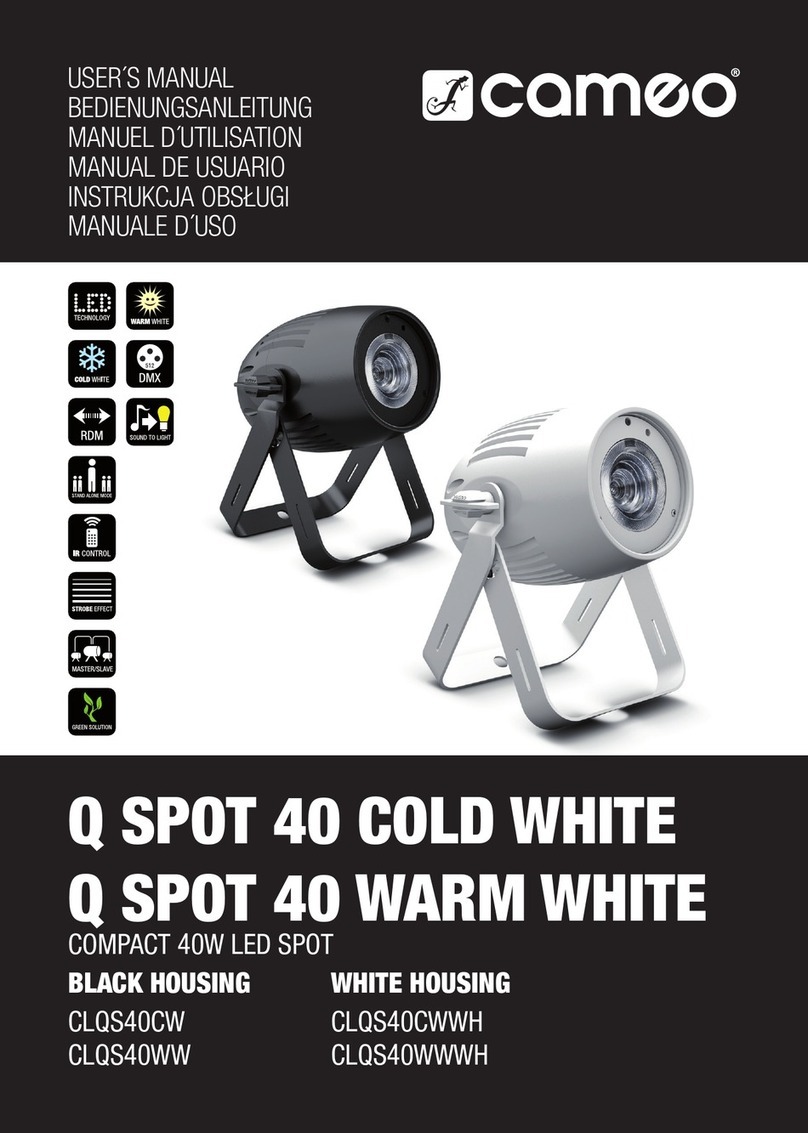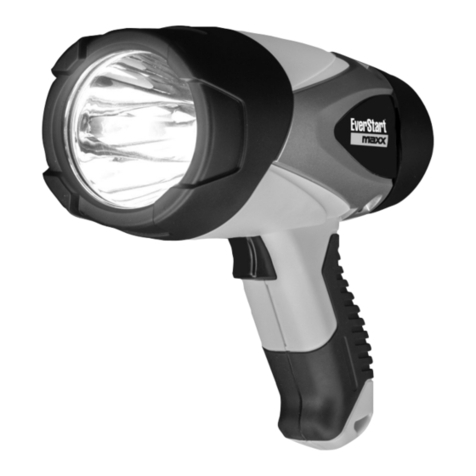1.BEFORE YOU BEGIN…………………………………………………………… ………3
WHAT IS INCLUDED……………………………………………………………………………3
UNPACKING INSTRUCTIONS………………………………………………………………… 3
MANUAL CONVENTIONS………………………………………………………………………3
ICONS…………………………………………………………………………………………3
SAFETY INSTRUCTIONS………………………………………………………………………4
2.INSTRODUCTION……… ………………………………………………………………5
FEATURES…………………………………………………………………………………… 5
PHOTOMETRICS……………………………………………………………………………… 5
PRODUCT DIMENSIONS……………………………………………………………………… 6
PRODUCT OVERVIEW………………………………………………………………………… 7
3.SETUP……………………… ……………………………………………………………… 8
AC POWER…………………………………………………………………………………… 8
POWER LINKING………………………………………………………………… ……………8
SIGNAL LINKING(DMX)……………………………………………………………………… 9
FUSE REPLACEMENT……………………………………………………………………………9
MOUNTING………………………………………………………………………………………9
ORIENTATION………………………………………………………………………………… 10
RIGGING……………………………………………………………………………………… 10
4. OPERATING INSTRUCTIONS……… ……………………………………………………11
CONFIGURING THE STARTING ADDRESS…………………………………………………… 11
CONTROL PANEL FUNCTIONS…………………………………………………………………11
MENU MAP……………………………………………………………………………………12
DMX OPERATION………………………………………………………………………………13
STANDALONE OPERATION…………………………………………………………………… 13
AUTOMATIC FAST…………………………………………………………………………… 13
AUTOMATIC SLOW…………………………………………………………………………… 13
SOUND-ACTIVE…………………………………………………………………………………13
MASTER/SLAVE…………………………………………………………………………………14
DMX CHANNEL VALUES……………………………………………………………………… 15
5. APPENDIX…………………… ………………………………………………………………17
DMX PRIMER …………………………………………………………………………………17
GENERAL MAINTENANCE………………………………………………………………………17
FIXTURE LINKING………………………………………………………………………………18
DATA CABLING…………………………………………………………………………………18
DMX DATA CABLE………………………………………………………………………………18
CABLE CONNECTORS………………………………………………………………………… 18
3-PIN TO 5-PIN CONVERSION CHART………………………………………………………… 18
SETTING UP A DMX SERIAL DATA LINK……………………………………………………… 19
SETTING THE STARTING ADDRESS…………………………………………………………… 19
GENERAL TROUBLESHOOTING…………………………………………… ……………………20
TECHNICAL SPECIFICATIONS……………………………………………………… ……………21
